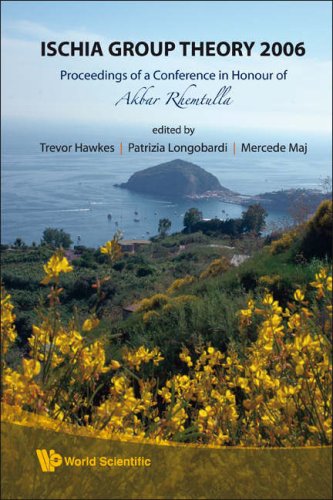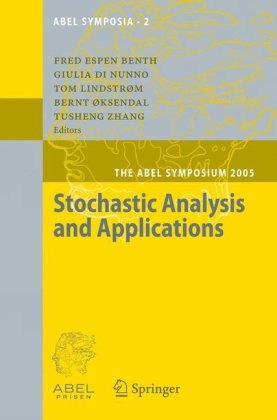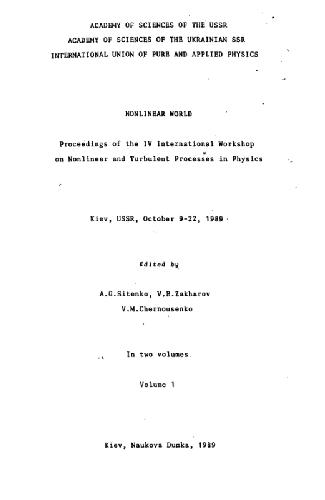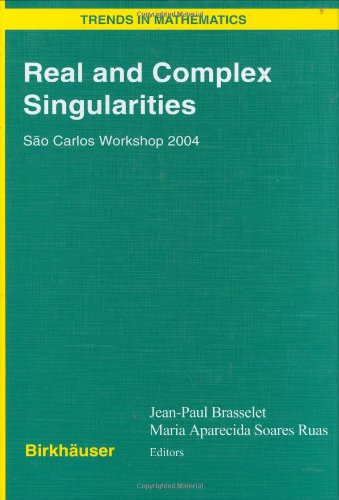Trevor Hawkes, Patrizia Longobardi, Mercede Maj9789812707352, 9812707352
Table of contents :
Contents……Page 6
Preface……Page 8
Sponsors……Page 9
Akbar Rhemtulla……Page 10
Bibliography……Page 13
Conference Program……Page 18
List of Participants……Page 22
1. Introduction and results……Page 28
2. Proofs……Page 30
References……Page 32
1.2. Ends of finitely generated algebras……Page 34
1.3. Ends of group algebras……Page 35
1.5. Ends and amenability……Page 36
2. Ends of finitely generated C*-algebras……Page 37
Acknowledgments……Page 38
References……Page 39
1. Introduction……Page 40
2. Abelian quasinormal subgroups……Page 42
3. Non-abelian quasinormal subgroups……Page 43
4. Quasinormal subgroups of order p 2……Page 45
References……Page 47
1. Introduction……Page 49
2. Definitions and preliminary results……Page 50
3. Example: A S-closed and N-closed saturated formation, which is not a covering-formation……Page 52
4. S-closed and N-closed saturated formations……Page 54
References……Page 58
1. Introduction……Page 60
2. Infinite subgroups……Page 61
3. Non-polycyclic subgroups……Page 64
References……Page 72
1. Introduction……Page 73
2. XO-groups……Page 74
4. Conditions involving several infinite subsets……Page 77
5. Proof of Theorem 3.4……Page 79
Bibliography……Page 80
1. The X-probabilistic zeta function……Page 83
2. The probability of generating a transitive subgroup……Page 88
3. The probability of generating G as a normal subgroup……Page 89
4. Profinite groups……Page 90
5. Dirichlet series……Page 94
References……Page 98
1. Introduction……Page 100
2. A test case and a brief history……Page 101
3. The class and groups of related type……Page 103
4. Methods……Page 106
References……Page 108
1. Introduction……Page 110
2. Conjugacy classes of non-normal subgroups and the order of the derived subgroup……Page 112
3. Conjugacy classes of non-normal subgroups and the order of central quotients……Page 115
Acknowledgments……Page 118
References……Page 119
1. Introduction……Page 120
2. Notation and preliminary lemmas……Page 122
3. The class &……Page 123
4. The class g4……Page 124
5. Example……Page 128
References……Page 129
1. Introduction……Page 130
2. The case n = d ( G )……Page 131
3. A first look at the case n > d(G)……Page 133
4. Stability graphs, train tracks and unsupported nodes……Page 134
5. The existence of unsupported nodes and train tracks……Page 138
6. A second look at the case n > d(G)……Page 141
7. Concluding remarks……Page 144
References……Page 145
Counting Conjugacy Classes of Subgroups in Finite pgroups, Manuel EGIZII DI MARCO, Gustavo A. FERNANDEZ- A LCOBER and Leire LE GA RRE TA……Page 147
References……Page 151
1. Introduction to positive laws……Page 152
2. Positive laws in residually finite groups and generalizations……Page 153
3. Positive laws on large sets of generators……Page 155
4. Positive laws on commutator-closed normal sets of generators……Page 156
5. Positive laws on word values……Page 160
References……Page 163
1. Introduction……Page 165
2. SCC-groups……Page 166
3. p-groups whose elements of order p2 generate a proper extraspecial subgroup……Page 170
References……Page 173
Free Products and Higman-Neumann-Neumann Type Extensions of Lattice-Ordered Groups Andrew M. W . GLASS……Page 174
2. Background and notation……Page 175
3. The proof of Theorem A……Page 181
4. Proof of Theorem B and generalisations……Page 187
References……Page 191
1. The van-Kampen Theorem……Page 193
2. The Hawaiian earring……Page 194
3. Profinite graphs……Page 195
4. The general situation – groupoids……Page 197
References……Page 201
1. Introduction……Page 202
2. Proof of Proposition 1 and preliminary results……Page 205
3. Proofs of Theorems A, B and C……Page 207
References……Page 215
Introduction……Page 217
Notation and terminology……Page 218
References……Page 226
1. Introduction……Page 227
Subgroups of bounded index……Page 233
Subgroups of bounded ‘co-rank ’……Page 234
Applications to almost regular automorphisms……Page 235
Application of Theorem 2.1 in the proof of Theorem 2.4……Page 236
Almost regular in the sense of rank……Page 239
Ranks and p-groups……Page 240
Hall-Higman-type theorems……Page 241
Sketch of proof of Theorem 3.1……Page 242
4. Graded centralizers in group rings……Page 245
Fixed elements of different levels and their centralizers……Page 246
Construction of graded centralizers……Page 247
Remarks on the proofs of Proposition 4.1 and Theorem 4.1……Page 249
Acknowledgments……Page 250
References……Page 251
1. Statement of the result……Page 254
2. Proof of the theorem……Page 256
References……Page 259
Introduction……Page 261
1. Groups in n/;……Page 262
2. Groups in R/2* and N2……Page 267
References……Page 268
1. Introduction and results……Page 270
2. Proofs of the results……Page 271
References……Page 276







Reviews
There are no reviews yet.